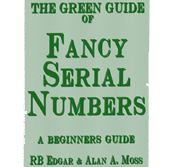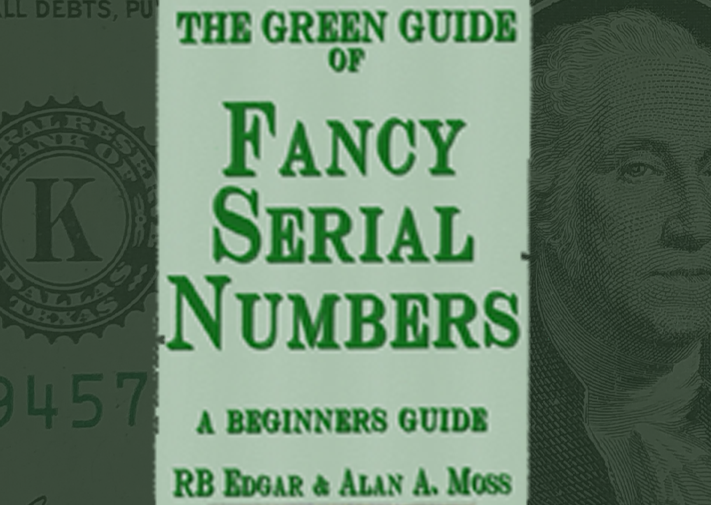CS-Quint.
CS-Quint is any five of the same number that are grouped together with no
separations.
CS-5OAK.
In a CS-5OAK, there are five of the same number anywhere within the FSN, and
at least one of the five numbers must be separated from the rest M xx33x333 M.
CS-Leading, Center, and Trailing Quints.
In a CS-Quint the same five numbers are grouped together M xx22222x M and the position that they start in denotes its placement.
CS-Quint in a Pair.
In a CS-Quint in a Pair, the CS-Quint is within a CS-2OAK, M 2555552x M.
The position is in reference to where the random number resides within the FSN,
CS-Quint in a pair #1 and #4 are also considered a CS-Lucky Seven Radar.
CS-Pair in a Quint.
In a CS-Pair in Quint, the number that makes up the CS-5OAK surround the CSPair,
and the CS-Pair must be grouped.
CS-Random Quint and Pair.
In a CS-Random Quint and Pair there needs to be a CS-5OAK and a CS-2OAK
in the FSN M 5552525x M. The CS-2OAK can be inside or outside of the
CS-5OAK.
CS-Quint in a Triple.
In a CS-Quint in a Triple, there is a CS-Quint contained within a CS-3OAK.
This is also a CS-Binary, M 35555533 M. The emphasis on position is on the
CS-Quint.
CS-Triple in a Quint.
In a CS-Triple in a Quint, the number that makes up the CS-5OAK must be at
each end of the FSN, and the CS-Triple must be grouped M 53335555 M.
Note: This page contains excerpts and basic information from the book "The Green Guide to Fancy Serial Numbers". Please consider adding a copy to your library, thank you.





